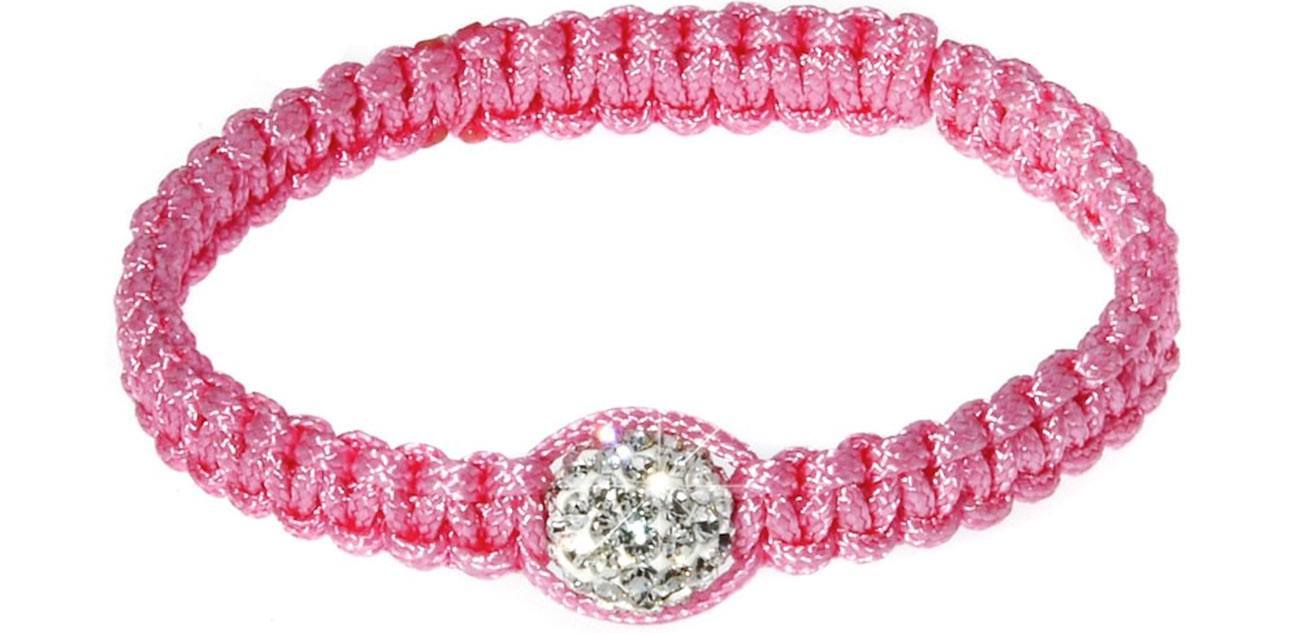What did you want to be as a kid; a cowboy, a fireman maybe a banker? I bet none of you answered, I want to be a wastewater operator. The idea of working in wastewater is not appetizing to most people. Wastewater is smelly and let’s faces it you are working in other peoples waste. Still wastewater treatment is a necessity in our modern world. I spent over twenty years working in wastewater and water treatment all over the world. I had certification to operate any and every type of waste water treatment plant that has ever been built. I have operated plants, managed water departments, run bio-labs, and played wastewater superintendent on four continents. I’ll tell you for a fact wastewater was a good career. Let me tell you about the elegant art of wastewater treatment.
How is Wastewater treated
Wastewater treatment is elegant to me because in the majority of municipal wastewater treatment plants all that is needed to treat the wastewater is in the water. The most popular type of wastewater treatment plant is called an Activated Sludge plant. The treatment process is a biological process meaning chemicals are not required, living creatures do the work. I’ll walk you through the basic process.
Screening the wastewater
Wastewater enters a plant from the collection system. This every-thing from dish water to what gets flushed down the commodes. First it gets screened, this means exactly what it says. The wastewater will pass through some type of device designed to catch large objects. Generally this is anything over one inch. Believe me you would be surprised what makes it into a sewer system. I have seen everything from money to false teeth to entire bed sheets come into a plant. How some things make it I have no idea?
After the first screening the wastewater will flow through a grit chamber. This is just a box where the wastewater flow is slowed slightly to allow larger, heavier particles like coffee grounds, sand, and egg shells to settle out. This step saves wear and tear on the pumps later. In most plants the grit chamber is combined with a grease chamber. Solids settle and the grease rises to be skimmed (racked) off.
Primary wastewater treatment
The primary treatment for wastewater is simpler than the screening process. In this step the wastewater enters large tanks called Primary Clarifiers or Basins. In these tanks the water slows down even more and more solids are settled out. These solids from the wastewater are called primary sludge and will be pumped off for digestion and disposal. Normally about sixty percent of the solids will be removed from the wastewater in this process. After the wastewater passes through the primary all that is left in it is light biological waste and dissolved waste. The next step is where the magic happens.
Micro orgy in the wastewater
After the primary treatment the wastewater enters the aeration basins. These are long deep tanks that the wastewater gets feed to at a controlled rate and inside these tanks is a world that would have made Caligula blush. Microorganisms (Bugs) live in these tanks. The same bugs that originated in the wastewater. They are kept warm. Air is pumped into the tanks to keep the DO (Dissolved Oxygen) just right for them to breath and their favorite food our waste flows in at a steady rate.
For these bugs life is good. They eat and multiply, nothing else is asked of them and like the Caesars of old they party nonstop. In return for us providing them with this beautiful life they consume our waste and reduce it to basic chemical elements.
Finally water not wastewater
After the wastewater leaves the aeration basins it enters a finale set of clarifiers. Here once again. The solids settle out. The difference in this stage is that the solids are the reduced waste from our wastewater and the bugs that come out with the water. A small amount of this settled activated sludge is feed back to the aeration basins to seed the fresh incoming wastewater. The water that flows out is water. The only thing left to do is to disinfect the water with a little chlorine, ozone, or UV radiation.
In a properly operated wastewater plant the water that leaves the plant will be better than 99 percent pure. This is cleaner than any receiving waters, the rivers or streams that receive the flow from a wastewater plant. Many cities are now recycling the effluent (out flow) from their wastewater plants for purposes such as irrigation. It requires an investment in infrastructure (pipes and pumps) but is a great means of recycling water and not wasting the energy used to clean it.



